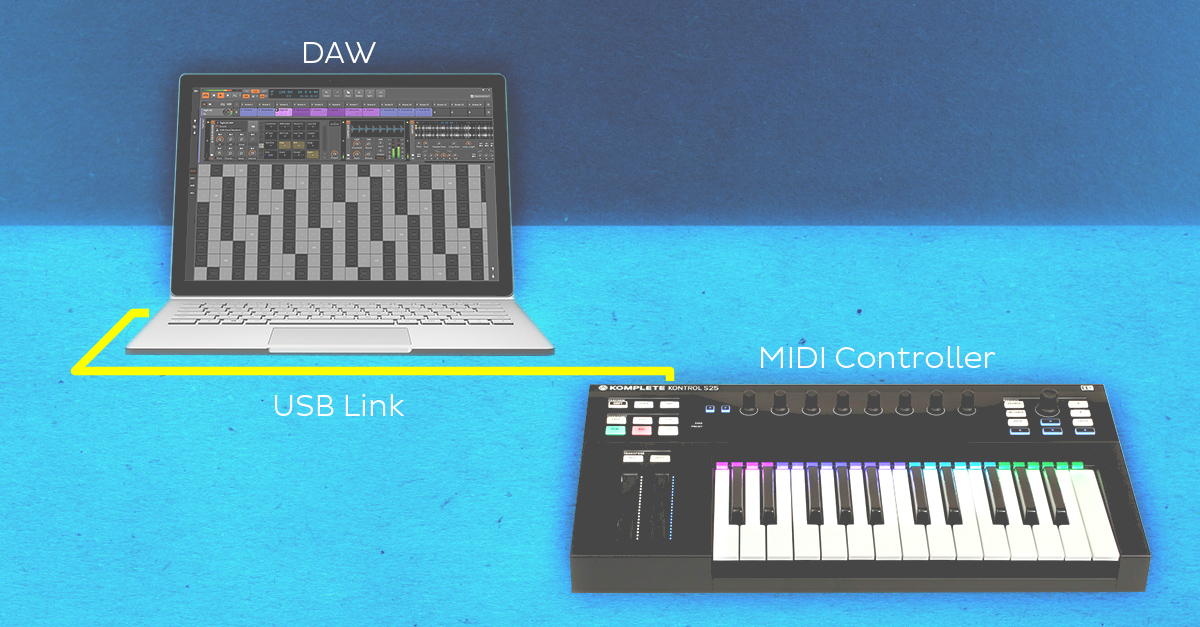MIDI
WHAT IS MIDI?
Stands for Musical Instrument Digital Interface and is defined as a connectivity standard for transferring digital instrument data. It is mainly used by computers but can be used with synthesizers and electronic keyboards
Playing a G chord, say on a MIDI keyboard that's connected to a DAW will process that chord's information onto your project. with plug-ins, you can use a midi controller (such as the one pictured) to play any instrument you want on a digital interface
A very common misconception is that MIDI holds an actual audio signal, it is data that


HISTORY OF MIDI
Midi was first created in the early eighties in order to standardise communication between music hardware. Roland founder Ikutaro kakehashi was the original proposer of the idea of standard instrument language. He then pitched the idea to the other major manufacturers and spent the next year creating, modifying and finalising MIDI
The creation process was one of unity within the major music companies, who set aside personal issues for the massive potential of the Invention.
BENEFITS OF MIDI
Compared to audio, MIDI is much more flexible than audio. MIDI notes on your DAW are easy to move around, extend, increase or decrease. You also have the ability to change the velocity of any specific note. Say you are recording a violin with audio and the notes are not where you want to be, re-recording must follow. However if you were to use a mid controller and get a violin sounds, all the notes are editable and can be moved absolutely anywhere
No comments:
Post a Comment